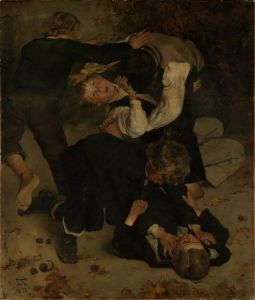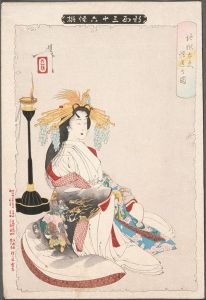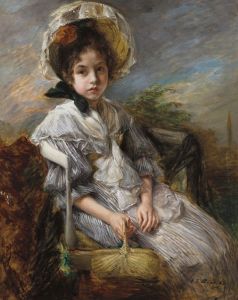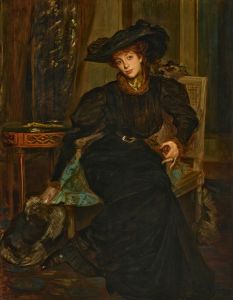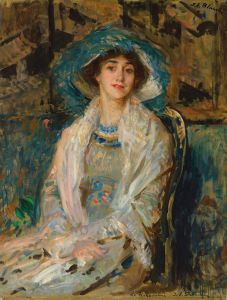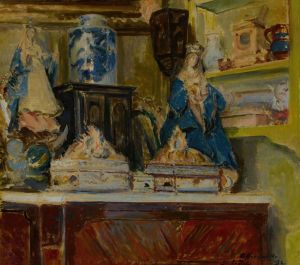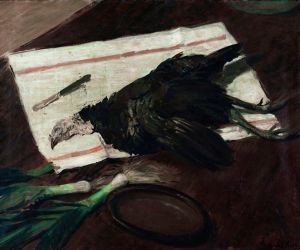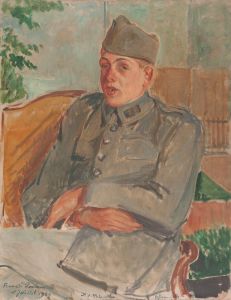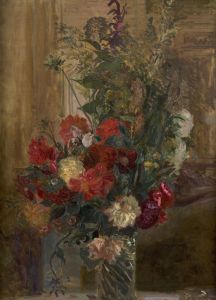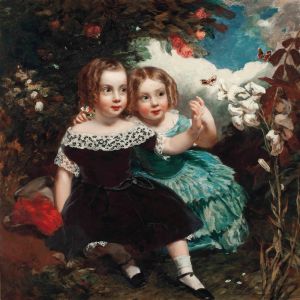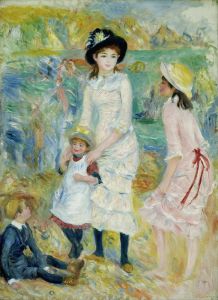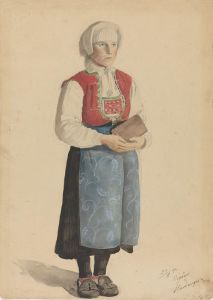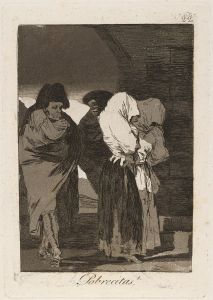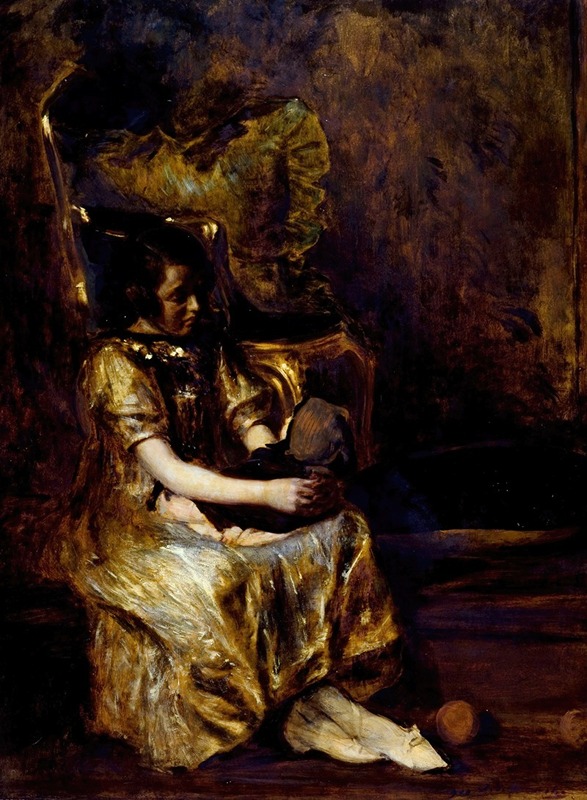
L’enfant à la poupée
A hand-painted replica of Jacques-Émile Blanche’s masterpiece L’enfant à la poupée, meticulously crafted by professional artists to capture the true essence of the original. Each piece is created with museum-quality canvas and rare mineral pigments, carefully painted by experienced artists with delicate brushstrokes and rich, layered colors to perfectly recreate the texture of the original artwork. Unlike machine-printed reproductions, this hand-painted version brings the painting to life, infused with the artist’s emotions and skill in every stroke. Whether for personal collection or home decoration, it instantly elevates the artistic atmosphere of any space.
Jacques-Émile Blanche was a prominent French artist known for his portraiture, capturing the essence of the Belle Époque era. One of his notable works is "L’enfant à la poupée," which translates to "The Child with the Doll." This painting is a fine example of Blanche's ability to convey the psychological depth and character of his subjects, a skill that made him one of the most sought-after portraitists of his time.
"L’enfant à la poupée" depicts a young child holding a doll, a common motif in art that symbolizes innocence and the world of childhood. Blanche's use of color and light in this painting is characteristic of his style, which often combines a delicate palette with a keen attention to detail. The child's expression and posture are rendered with a sensitivity that suggests a narrative beyond the canvas, inviting viewers to ponder the thoughts and emotions of the young subject.
Jacques-Émile Blanche was born in Paris in 1861 into a cultured and affluent family. His father was a renowned psychiatrist, and their home was frequented by many intellectuals and artists of the time. This environment undoubtedly influenced Blanche's artistic development and his interest in capturing the psychological nuances of his subjects. He studied under the famous French painter Henri Gervex and was also influenced by the works of Édouard Manet and Edgar Degas, which is evident in his approach to composition and portraiture.
Throughout his career, Blanche painted numerous portraits of notable figures, including writers, artists, and musicians. His ability to capture the personality and status of his sitters made him a favorite among the elite of Parisian society. "L’enfant à la poupée" fits within this context as a representation of his skill in portraying not just the likeness but the essence of his subjects.
The painting is also reflective of the broader cultural and artistic movements of the late 19th and early 20th centuries. During this period, there was a growing interest in exploring the inner lives of individuals, a theme that was prevalent in literature, psychology, and the visual arts. Blanche's work, including "L’enfant à la poupée," can be seen as part of this larger trend, where the focus shifted from mere representation to a deeper exploration of character and emotion.
Blanche's paintings are held in high regard and are part of collections in various museums and galleries. His work continues to be studied for its contribution to portraiture and its reflection of the social and cultural dynamics of his time. "L’enfant à la poupée," like many of his other works, remains a testament to his skill and his unique ability to capture the fleeting moments of human experience.
In summary, "L’enfant à la poupée" by Jacques-Émile Blanche is a significant work that exemplifies the artist's mastery of portraiture and his interest in the psychological dimensions of his subjects. Through his nuanced use of color, light, and composition, Blanche invites viewers into the intimate world of his subjects, offering a glimpse into the complexities of human emotion and identity.





